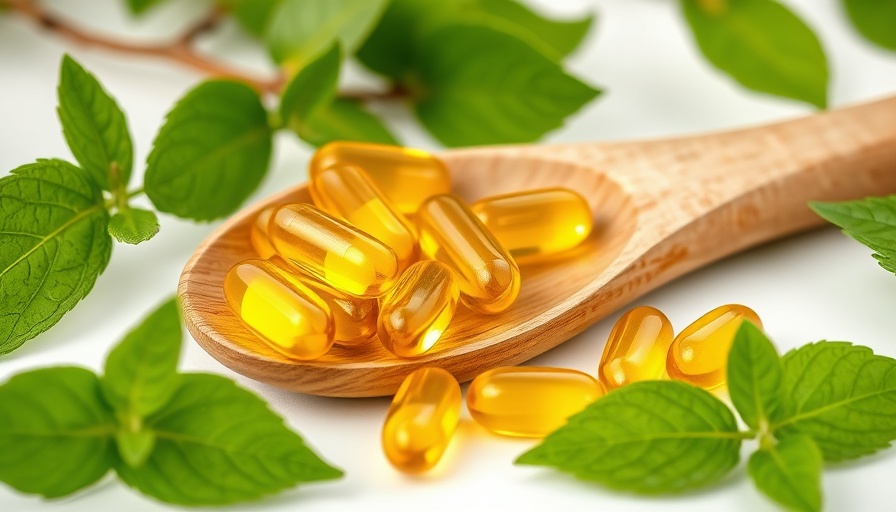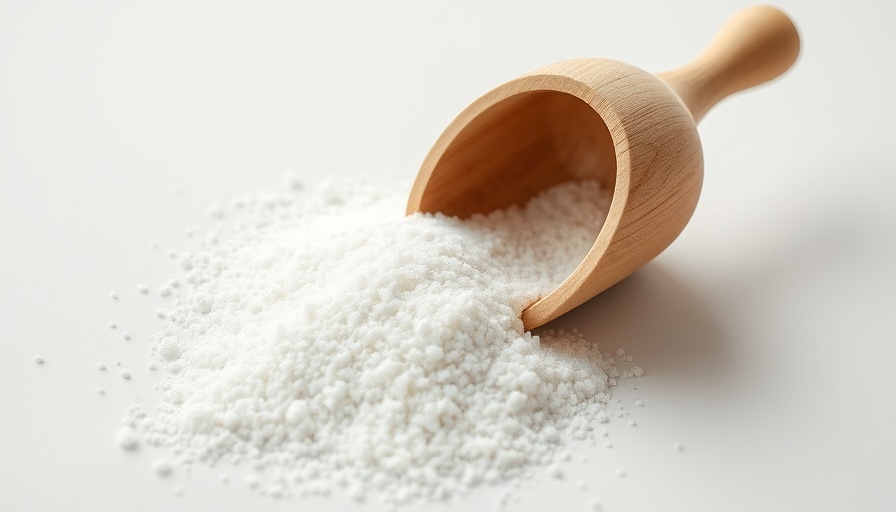
Discovering the Benefits of Vitamin E-Rich Foods
Vitamin E plays a pivotal role in bolstering our health, acting as a powerful antioxidant that not only helps to safeguard our cells from oxidative stress but also enhances overall wellness. Particularly crucial in today’s environmentally challenging world, incorporating foods rich in Vitamin E into our diets is vital for maintaining long-term health.
Why You Should Prioritize Vitamin E in Your Diet
Numerous studies have shown that Vitamin E could reduce the risk of developing chronic diseases such as heart disease and cancer. This nutrient also plays a significant role in immune function, helping to bolster the body’s defenses against illnesses. Particularly for older adults, who may face a decline in immune efficiency, ensuring an adequate intake of Vitamin E through foods can greatly enhance resilience against infections.
What You Need to Know About Daily Vitamin E Intake
The National Institutes of Health recommends a daily intake of about 15 milligrams of alpha-tocopherol for adults. Men, women, and children have varying requirements, and special populations such as pregnant women may need higher amounts. Meeting these daily recommended values through diet rather than supplements is generally advisable, as foods provide additional nutrients that work synergistically for optimal health.
Top Foods Rich in Vitamin E: A Delicous Guide to Eating Healthy
1. Almonds: These nutrient-packed nuts are among the top sources of Vitamin E. Just one ounce provides about 7.3 mg, making it an excellent option for a healthy snack while also contributing to heart health thanks to their healthy fat content.
2. Sunflower Seeds: A popular choice for adding crunch to any dish, sunflower seeds deliver around 7.4 mg of Vitamin E per ounce. This vibrant snack is not just tasty but also rich in magnesium and selenium.
3. Spinach: Incorporating leafy greens like spinach into your diet can provide about 3.7 mg of Vitamin E per half-cup. Salads or sautéed spinach make delicious sides packed with essential nutrients.
4. Avocado: Beyond being a trendy food, avocados are a creamy source of Vitamin E, offering about 2.1 mg per half fruit. They contribute healthy fats to your diet, aiding in nutrient absorption.
5. Mangoes: These tropical delights not only satisfy your sweet tooth but also offer about 1.5 mg of Vitamin E per fruit. They make a great addition to smoothies or desserts.
6. Pine Nuts: Pine nuts bring a hint of sweetness to your dishes and provide 2.6 mg of Vitamin E per ounce, perfect for pesto or sprinkled on salads.
7. Kiwifruit: A surprising source, each kiwifruit packs approximately 1.1 mg of Vitamin E and plenty of vitamin C, helping to protect skin health.
8. Hazelnuts: These rich, flavorful nuts contribute about 4.3 mg of Vitamin E per ounce, making them an ideal choice for various recipes or snacking.
9. Red Bell Peppers: Better known for their vitamin C content, red bell peppers also provide 1.9 mg of Vitamin E. Roasted or raw, they add flavor and nutrition to your meals.
10. Olive Oil: An elegant way to incorporate Vitamin E in cooking, one tablespoon of olive oil provides about 1.9 mg, enhancing flavors while encouraging heart health.
How to Easily Incorporate These Foods into Your Meals
Integrating these Vitamin E-rich foods into your meals doesn’t have to be a chore. Try adding avocado to your morning toast, snacking on almonds throughout the day, or tossing spinach into a smoothie. Making slight modifications in your eating habits can have a tremendous impact on your nutrient intake.
Ultimately, choosing to include these foods is a delicious and effective way to enhance your nutrition. Individuals looking to boost their health with practical dietary choices can benefit significantly from incorporating Vitamin E-rich foods into meal plans.
Your Path to Healthier Eating Starts Here!
Taking the step toward better nutrition is just a choice away. The array of foods rich in Vitamin E not only support your health but please your palate as well. Excited to learn more about your nutritional journey? Explore local wellness activities or join cooking classes that focus on healthy diets.
 Add Row
Add Row  Add
Add 




Write A Comment